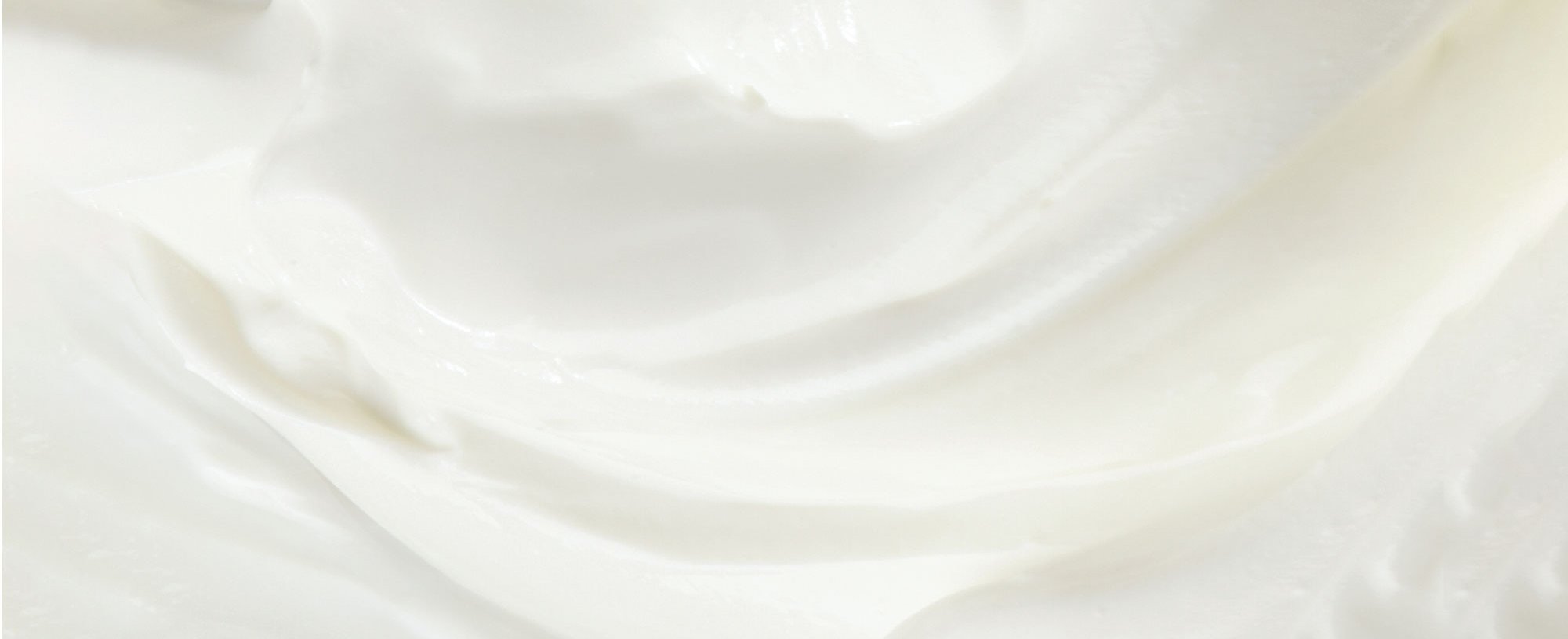Your feet go through a lot—after all, they’re in use on the daily, taking you from place to place without question. So, having a foot care routine isn’t such a bad idea—in fact, we’d consider it essential. While you may already cleanse and moisturize your feet on the regular (as you should), there’s one handy tool that may have slipped your radar: a pumice stone. Ahead, we share how to use a pumice stone for feet. It’ll make you wish it was flip-flop season all year long.
What Is a Pumice Stone?
Before we talk about how to use a pumice stone, let’s cover what a pumice stone is in the first place. Pumice stones are formed from volcanic events and have a cavernous, spongy structure, according to a study at the National Center for Biotechnology Information. The stones can vary in size.
What Is a Pumice Stone Used For?
Thanks to its abrasive texture, a pumice stone is used as a mechanical exfoliator. This means it can be manually rubbed against the skin to slough away dead skin cells for smooth, soft skin. Pumice stones are meant to be used on thick areas of skin, like calluses on your feet. They can also be used on corns and calluses that are on your hands and fingertips. That said, a pumice stone should never be used on your face since the skin is much more delicate and thin. Instead, stick to products that are specifically meant for exfoliating your face, like our L’Oréal Paris Pure-Sugar Nourish & Soften Cocoa Scrub.
Do Pumice Stones Really Work?
Yes! Pumice stones are an effective way to mechanically exfoliate calluses, corns, and rough skin on your feet and heels. However, it’s important to use one properly to get the smooth, soft feet you crave. Speaking of…
How To Use a Pumice Stone
Putting a pumice stone to use may seem easy, but there are still specific steps you’ll need to take when using one. Below, find a step-by-step guide, thanks to the Cleveland Clinic.
Step #1. Soak Your Feet
Fill a bowl with warm water and dip your feet in. Let them soak for five to 10 minutes to soften the skin, especially any calluses or corns.
Editor’s note: For added luxury, add some Epsom salts or a drop of lavender oil to your warm water soak. If you have smelly feet you’d like to take care of, the Cleveland Clinic recommends using a mixture of vinegar and water or Epsom salt and water in the soak.
Step #2. Wet The Pumice Stone
After your feet have had time to soak, wet the pumice stone with lukewarm water.
Step #3. Exfoliate The Skin
To slough away dead skin cells and remove areas of hard skin, gently move the pumice stone across the water-softened skin. Do this little by little, moving the pumice stone in the same direction with each swipe. Be careful not to remove too much skin, since this can lead to bleeding and infection. It’s also important to keep in mind that a little callusing isn’t a bad thing, as this thickened skin is tougher and more equipped for the wear and tear your feet often endure.
Step #4. Apply Moisturizer
When you’ve finished exfoliating, reach for a hydrating body lotion or foot cream. This will help moisturize your now smooth skin, softening it further. Generously massage the lotion onto your feet until thoroughly absorbed. On corns and calluses, look for lotions that contain urea, salicylic acid, or ammonium lactate, as these ingredients will help soften the skin over time. To lock in moisture and give your feet an extra hydrating treat, pull on a pair of socks afterward (bonus points if they’re fuzzy).
Next up: Now that you’ve learned how to focus on your feet, it’s time to turn your attention to your hands. Check out our article, Pamper Yourself: TLC Beautiful Skin Care Tips for Hands.







